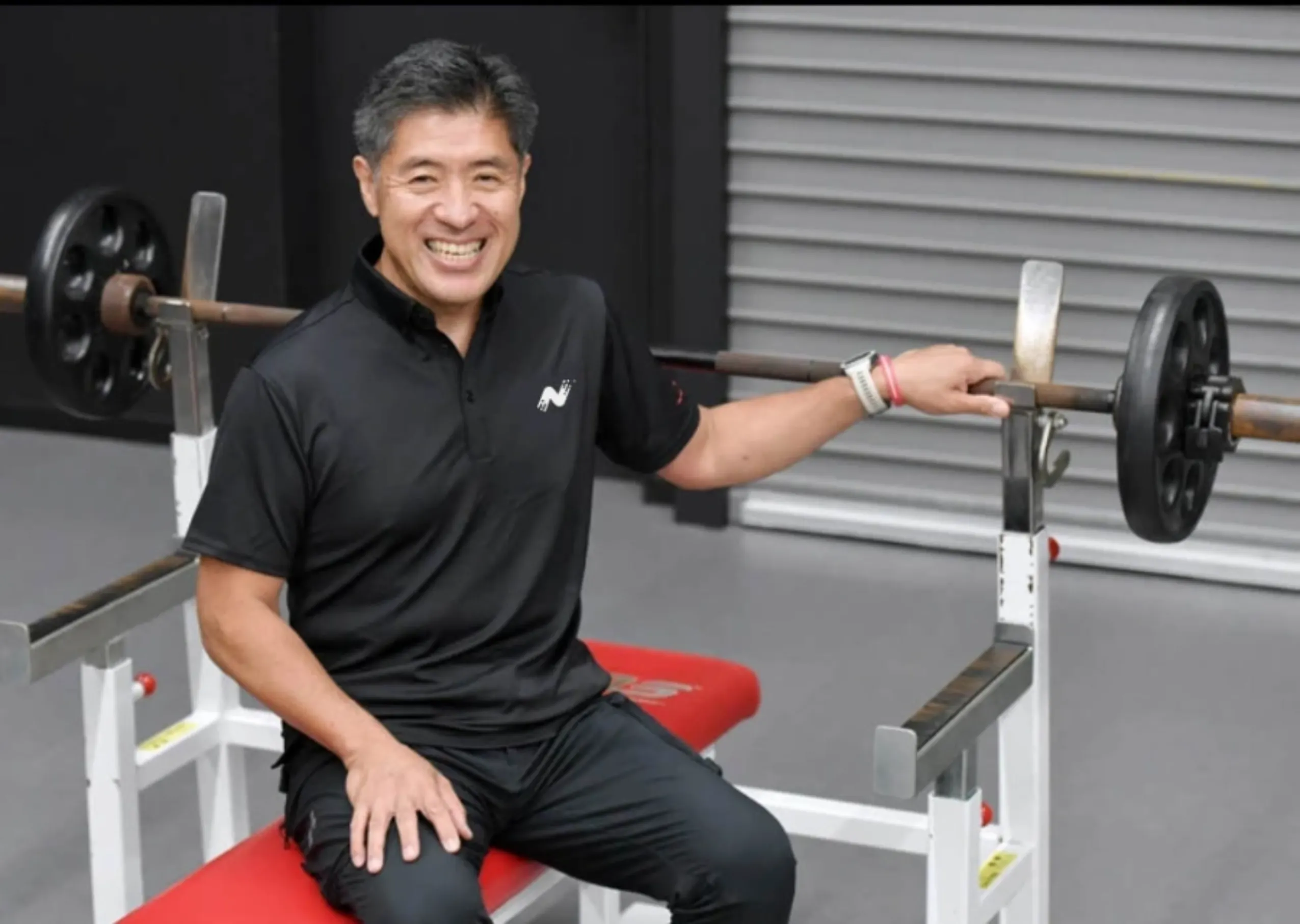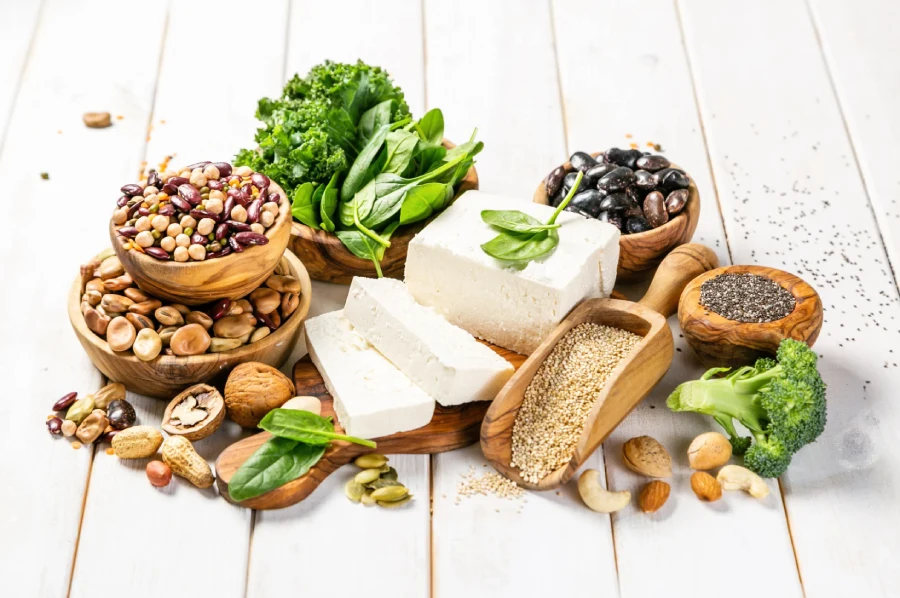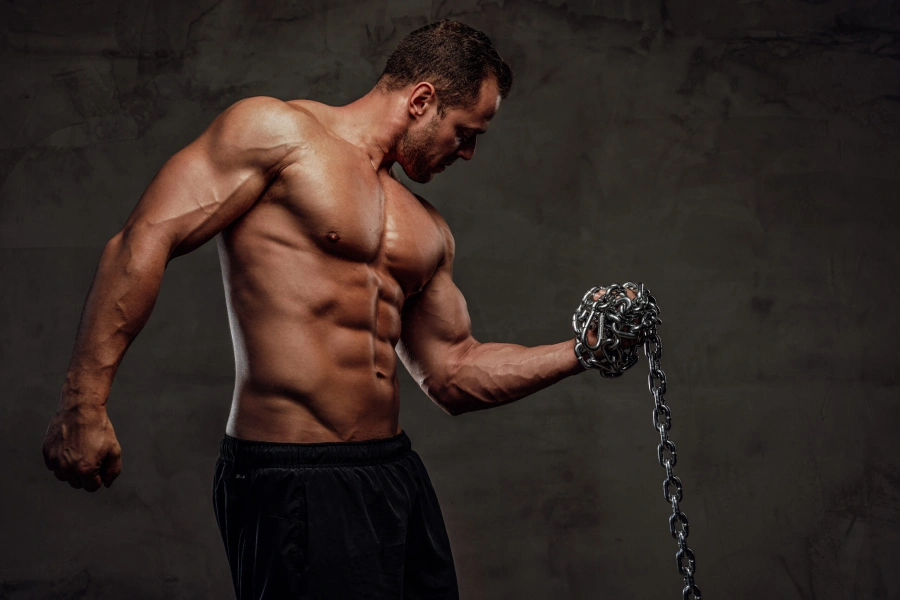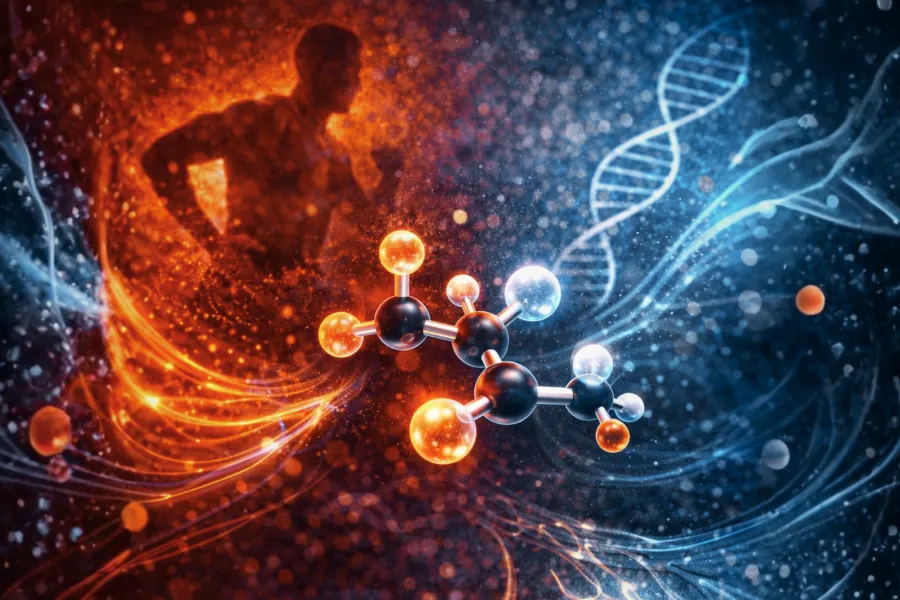
Editorial by Dr. Seiji Aoyagi
Chief Science Officer, NiHTEK®
- Chief Science Officer at NiHTEK®
- 35+ years in sports & clinical nutrition (Japan)
- Leads NiHPRO®Family (Core, Bev, Puffs) & KARBFiX® science
- Guides APH™ & MPi™ technology programs
- University/hospital collaborations on human studies
- Champion of third-party validation (Informed-Choice®, Informed-Protein®)
- Principal scientific spokesperson for “Protein For EveryBODY™”
Protein intake, physical exercise, and testosterone are interdependent factors that play critical roles in skeletal muscle anabolism, metabolic health, and overall physical performance. Testosterone regulates protein metabolism, while exercise modulates hormonal responses and influences protein requirements. This article synthesizes current evidence regarding the interactions among protein intake, exercise type and intensity, and testosterone levels, highlighting implications for athletic performance and health optimization.
Testosterone is a key androgenic-anabolic hormone that contributes to muscle hypertrophy, bone density maintenance, and metabolic regulation [1]. It exerts its effects primarily by stimulating muscle protein synthesis (MPS), a process requiring adequate amino acid availability. Physical exercise, particularly resistance training, is known to acutely elevate testosterone concentrations, while chronic training adaptations influence baseline levels [2]. Dietary protein serves as the primary substrate for MPS and is a critical nutritional factor in supporting testosterone-mediated adaptations. However, imbalances in macronutrient intake, overtraining, or chronic caloric restriction may disrupt this relationship.
Testosterone modulates muscle tissue through activation of the androgen receptor, enhancing transcription of contractile proteins [3]. It also influences satellite cell activation, supporting muscle repair and growth. Protein ingestion stimulates MPS through activation of the mTOR pathway, and testosterone enhances this process synergistically [4].
Acute increases in circulating testosterone occur following high-volume, moderate-to-high intensity resistance exercises (70–85% 1RM) with rest periods of 60–90 seconds [2]. Chronic resistance training supports maintenance or modest elevation of basal testosterone, particularly in younger and middle-aged individuals.

On the other hand, moderate aerobic exercise is generally beneficial for endocrine health, but excessive endurance training, particularly when coupled with energy deficits may suppress testosterone via hypothalamic-pituitary-gonadal (HPG) axis downregulation [5].
Meta-analyses indicate that daily protein intakes of 1.6–2.2 g/kg body weight are optimal for maximizing muscle hypertrophy during resistance training [4]. Although protein is essential for muscle building, extremely high-protein diets (>3.4 g/kg/day) do not yield further testosterone benefits and may reduce dietary fat intake below levels necessary for steroid hormone synthesis [6,7]. Adequate fat intake (≥25–30% of total energy) supports testosterone production through cholesterol availability.
Whey, casein, and high-quality plant proteins provide complete amino acid profiles are recommended. NiHPRO® with a higher DIAAS score than that of whey may be a better choice for this. Whey protein has been associated with reduced post-exercise cortisol levels, potentially preserving testosterone activity in the recovery phase [6,8].
The anabolic effects of testosterone are amplified when resistance training is paired with sufficient protein intake. Conversely, inadequate protein consumption during high-intensity training may impair MPS despite elevated testosterone. Chronic caloric deficits, especially when combined with high training loads, can suppress testosterone irrespective of protein adequacy [9].
So, the practical recommendations to naturally increase testosterone are.
- Resistance Training: Incorporate multi-joint, moderate-to-high intensity exercises with moderate rest intervals to optimize acute testosterone responses.
- Protein Distribution: Spread protein intake evenly (3–5 feedings/day) to sustain MPS throughout the day.
- Fat Intake Preservation: Maintain dietary fats at ≥25% of total energy to support steroidogenesis.
- Recovery Management: Ensure adequate sleep (7–9 h/night) and avoid chronic overreaching to prevent endocrine disruption.

In conclusion, testosterone, exercise, and protein intake form a tightly linked triad influencing muscle growth, recovery, and overall metabolic health. Resistance training and adequate protein intake work synergistically to maximize testosterone’s anabolic effects, whereas chronic caloric restriction, low dietary fat intake, or overtraining can impair this relationship. A balanced approach to macronutrient intake, training load, and recovery is essential for optimizing endocrine function and performance.
References
- Kadi, F. (2008). Aging Male, 11(4), 175–181.
- Kraemer, W. J., et al. (1990). Journal of Applied Physiology, 69(5), 179–186.
- Bhasin, S., et al. (1996). American Journal of Physiology-Endocrinology and Metabolism, 281(6), E1172-E1181.
- Morton, R. W., et al. (2018). British Journal of Sports Medicine, 52(6), 376–384.
- Hackney, A. C. (2020). Journal of Endocrinological Investigation, 43, 1341–1348.
- Volek, J. S., et al. (1997). Journal of Applied Physiology, 82(1), 49–54.
- Wang, Y., et al. (2018). Clinical Endocrinology, 88(5), 743–751.
- Antonio, J., et al. (2001). Nutrition, 17(5), 397–400.
- Friedl, K. E., et al. (2000). Journal of Applied Physiology, 88(5), 1820–1830.





